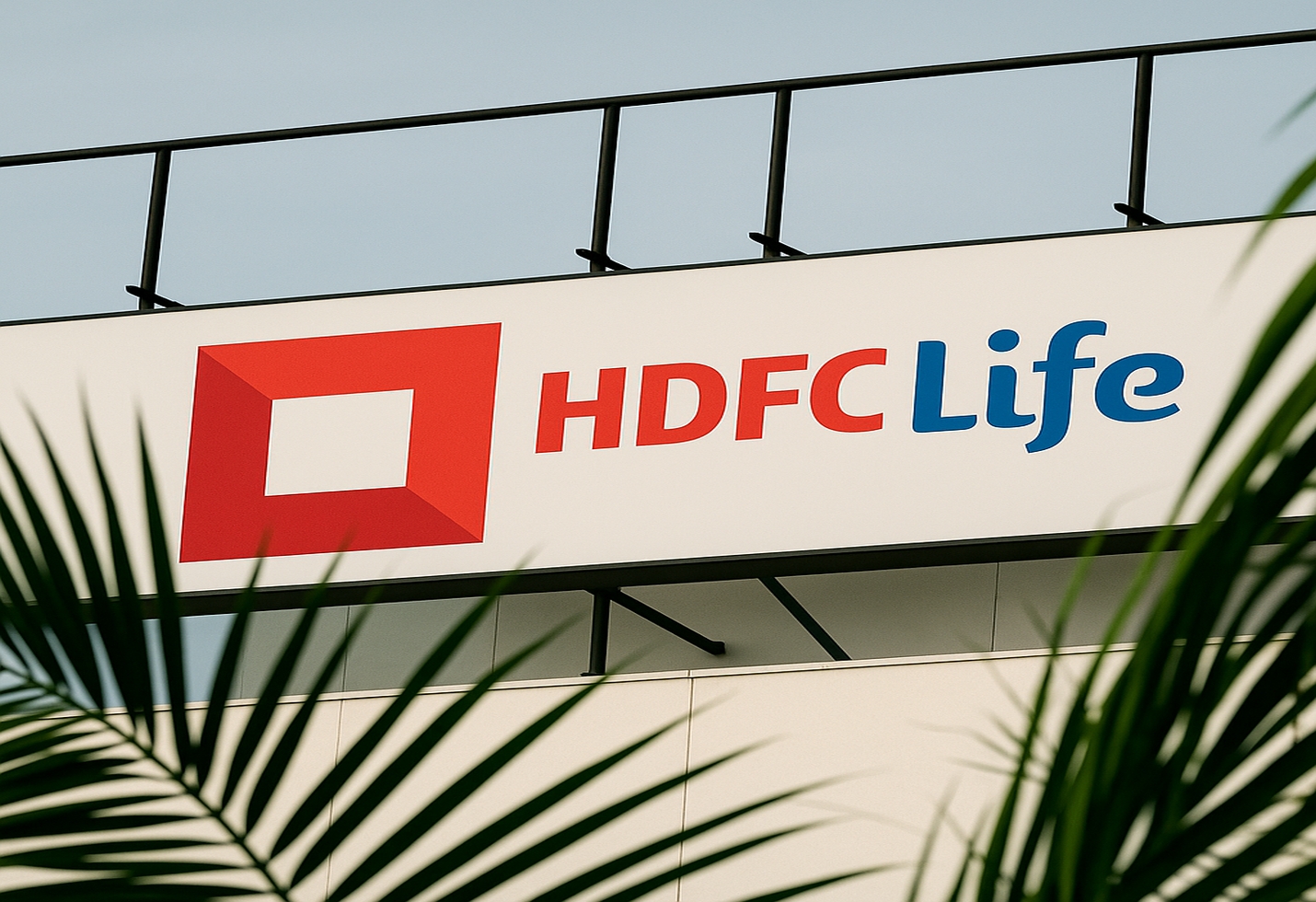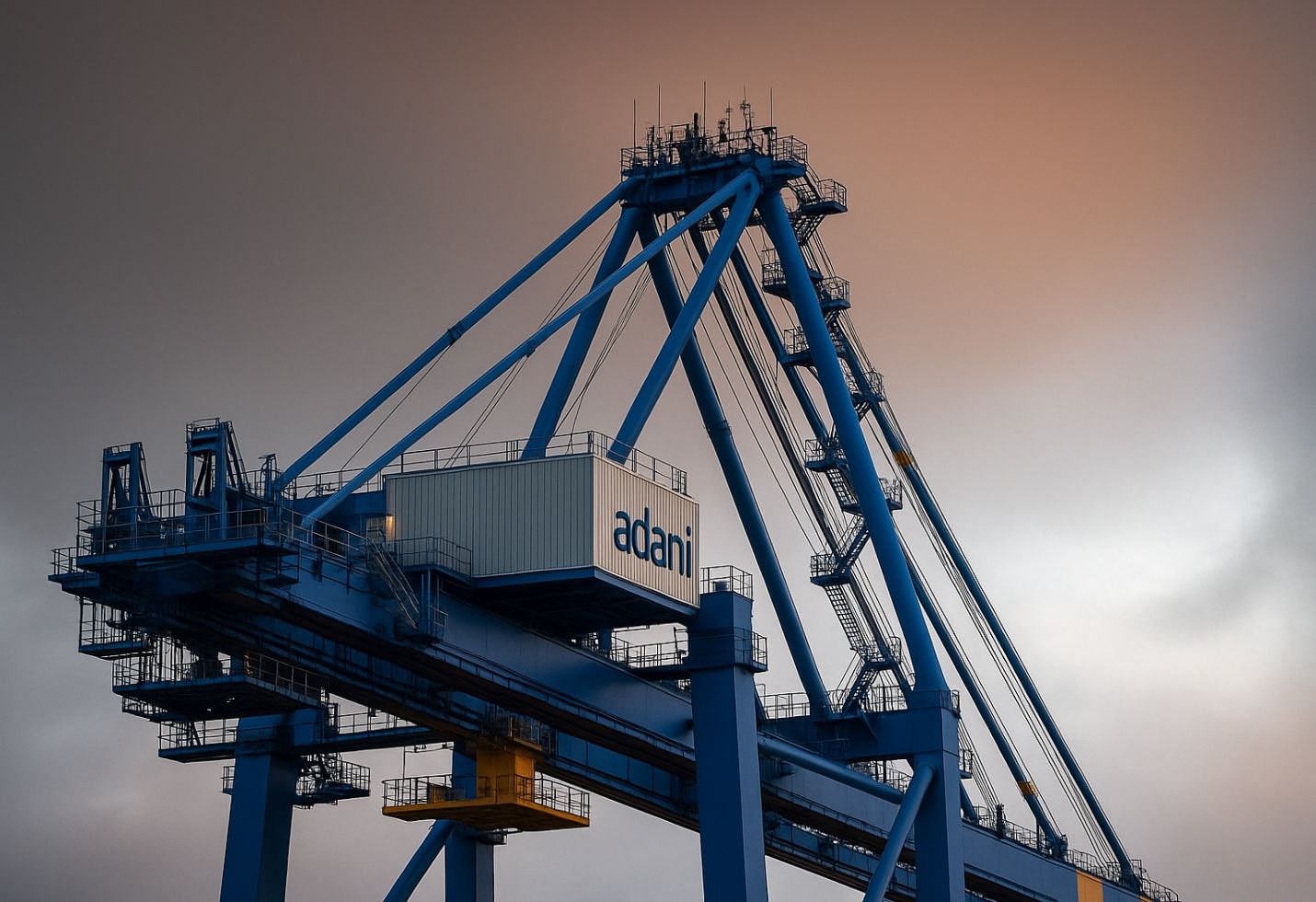Pace 360’s Bold Move: YES Bank Shares Expected to Yield 15-20% Returns
Amid market volatility, Pace 360 backs YES Bank’s rebound, citing robust institutional support and a recovery-fueled growth outlook.
Strategic Investment in YES Bank
On May 7, 2025, Amit Goel, co-founder and Chief Global Strategist at Pace 360, revealed that the asset management firm had made significant purchases of YES Bank shares earlier that morning. This move was based on Goel’s firm belief in the bank’s growth potential over the coming months. Goel expressed confidence that YES Bank’s shares would likely experience a rise of 15-20% in the near term, signaling a positive outlook amidst the current recovery phase of the Indian stock market. He emphasized the aggressive nature of the purchase, stating, “We bought YES Bank very aggressively today morning,” underscoring the strong conviction his firm has in the stock’s performance.
Market Context and Investor Sentiment
Goel’s optimism about YES Bank’s prospects comes as the Indian stock market recovers from recent volatility. Goel pointed out that markets tend to overreact during both downturns and upswings, creating opportunities for keen investors. “A sense of ease pervades the financial sphere,” he articulated, “attributable to a prevailing tendency to consistently undervalue unfavorable scenarios during downturns and to perpetually underestimate positive outcomes during periods of prosperity.” Reflecting on India’s market challenges in March, Goel noted the recovery in recent weeks and emphasized Pace 360’s strategy of reducing exposure to equities as the market rallied.
Institutional Stakeholders in YES Bank
YES Bank’s shareholder structure includes significant stakes held by prominent financial institutions. The government-backed financial institution, the State Bank of India, possesses nearly a quarter of the ownership, specifically twenty-four percent, while a consortium of other financial organizations, including Kotak Mahindra Bank, Axis Bank, ICICI Bank, and the Life Insurance Corporation of India, together control eleven point thirty-four percent. Furthermore, the private investment groups known as Advent International and Carlyle hold ownership shares of nine point two percent and six point eighty-four percent, in that order. These institutional investors provide financial stability and oversight, further strengthening Goel’s confidence in YES Bank’s long-term prospects.
Current Stock Performance
Upon the occasion of Pace 360’s considerable capital infusion, the equity instruments of YES Bank witnessed a discernible appreciation of one point eighty-four percent, culminating in a closing valuation of ultimately settling at a final value of ₹18.27 per singular share. This uptick in the stock price aligns closely with Goel’s optimistic outlook for the bank’s performance in the short term. The rise is seen as a reflection of growing market optimism, which has been bolstered by Pace 360’s aggressive buying strategy. The positive price movement indicates that investors are gaining confidence in YES Bank’s ability to recover and continue its growth trajectory, driven by both market sentiment and the strategic moves being made by key institutional stakeholders. This uptick also serves as an indicator of broader investor belief in the bank’s evolving financial health and prospects. The continued upward momentum in YES Bank’s stock could signal sustained investor confidence, positioning it as an attractive opportunity in the current market environment.
Why YES Bank?
The decision to invest in YES Bank is fundamentally based on its solid market position and strategic initiatives to ensure long-term growth and sustainability. Over the years, the bank has focused on strengthening its balance sheet through prudent financial management and streamlining its operational efficiencies. These efforts have allowed YES Bank to emerge as a key player within India’s competitive banking sector. As the nation continues to embrace a digital-first approach, with increasing digital penetration and a government-driven push towards a cashless economy, YES Bank is uniquely positioned to benefit from these shifts. The bank’s emphasis on expanding its retail banking division, coupled with its investments in cutting-edge digital banking services, enables it to tap into the growing demand for seamless online financial solutions. This strategic focus aligns well with India’s evolving banking landscape, where digital payments and financial inclusion are paramount. By leveraging these trends, YES Bank stands to further solidify its role as a prominent player in the retail banking and digital services space, giving it a competitive edge in attracting new customers while improving its overall market share.
Conclusion: Strategic Insight and Investment Potential
Pace 360’s aggressive acquisition of YES Bank shares highlights its confidence in the bank’s growth amidst India’s recovering market. Goel’s projection of 15-20% returns reflects a strategic approach to capitalizing on market opportunities. As the Indian equity market stabilizes, targeted investments in financial stocks like YES Bank may provide substantial returns for discerning investors.
The image added is for representation purposes only










